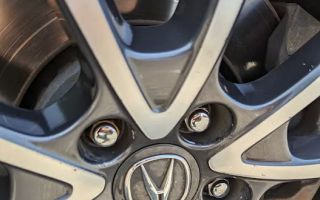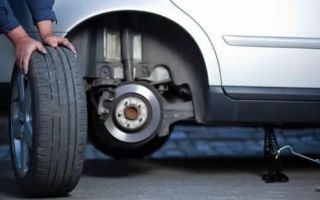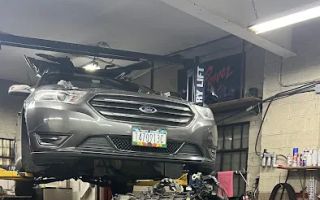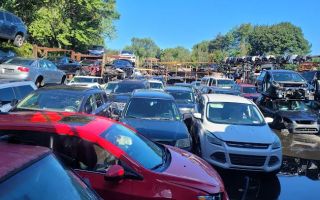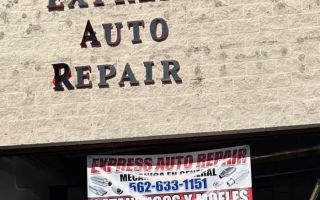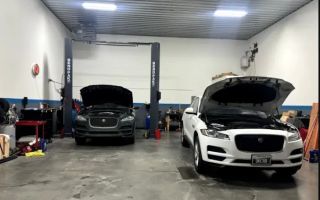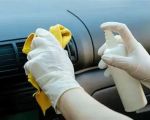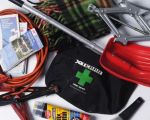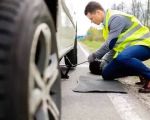How to Fix a Leaking Sunroof: A Step-by-Step Guide
If you’ve ever found yourself with a wet seat or puddles on your car floor after a rainstorm, you probably know the frustration of dealing with a leaking sunroof. I’ve been there myself and let me tell you, it’s not fun. But don’t worry—fixing a leaking sunroof is not as difficult as it may seem. In this article, I’ll walk you through the process of identifying the problem and fixing it, using tools that you likely already have at home.
1. Understanding the Causes of Sunroof Leaks
Before you dive into fixing your leaking sunroof, it’s important to understand why it’s leaking in the first place. Over the years, I’ve found that the most common causes of sunroof leaks include:
- Clogged drainage channels: Sunroofs are designed with drainage channels that direct water away from the roof of the car. These channels can become clogged with dirt, leaves, and other debris, preventing water from draining properly.
- Damaged seals: The rubber seals around the edges of your sunroof can wear down or crack over time, allowing water to seep in.
- Improper alignment: Sometimes, the sunroof may not be aligned properly, which can cause gaps or misfits, allowing water to leak through.
Once you’ve identified the cause of the leak, it will be easier to fix it. Let’s look at the solutions.
2. Gather the Necessary Tools and Materials
Before you begin fixing the leak, you’ll need to gather a few basic tools. Based on my experience, these are the essentials:
- Soft cloths or towels
- Car soap and water
- Compressed air or a small vacuum
- Silicone sealant or weatherstripping tape (if seals are damaged)
- Lubricant (like petroleum jelly or silicone spray)
Having the right tools will make the repair process smoother and faster. Once you have everything ready, you can get started!
3. Step 1: Clean and Clear the Drainage Channels
One of the main reasons sunroofs leak is because the drainage channels get clogged. I’ve had this problem in the past, and cleaning the channels solved the issue. Here’s how you can do it:
- Locate the drainage channels: These are usually located at the corners of the sunroof. Check your car’s manual if you’re unsure where they are.
- Clean out the debris: Use a soft cloth or small brush to remove any visible debris. For stubborn dirt, you can use compressed air or a small vacuum cleaner.
- Flush the channels: Once the channels are clear, pour some water into the drainage holes to ensure the water flows freely. You can use a hose or a container of water to check the flow.
Once the drainage channels are cleared, you should see water draining properly. If the water doesn’t drain or pools up, the channels may still be clogged, and you’ll need to clean them more thoroughly.
4. Step 2: Inspect the Seals
If the drainage channels are clear and the leak persists, the next step is to check the seals around your sunroof. Over time, these seals can become damaged due to wear and tear. Here’s how you can inspect and fix them:
- Examine the rubber seals: Inspect the rubber seals around the sunroof for any cracks or tears. If you see damage, it’s time to replace them.
- Apply a lubricant: If the seals seem dry but not damaged, applying a silicone spray or petroleum jelly can help improve the seal’s effectiveness.
- Replace the seals: If the seals are damaged, you’ll need to replace them. You can purchase replacement seals from an auto parts store or online. Make sure to choose the right size for your car.
After applying lubricant or replacing the seals, close the sunroof and check for any visible gaps. This should stop water from leaking through the edges.
5. Step 3: Check the Sunroof’s Alignment
In some cases, a leaking sunroof is caused by improper alignment. This is especially common if your sunroof has been repaired or replaced in the past. Here’s how to check the alignment:
- Visually inspect the sunroof: Look for any visible gaps between the sunroof and the roof of the car. If you notice any uneven spaces, this could be the source of the leak.
- Check the sunroof’s movement: Open and close the sunroof to see if it moves smoothly. If it gets stuck or seems misaligned, the alignment may need adjustment.
- Consult a professional: If you can’t realign the sunroof yourself, it’s best to take the car to a professional. Misalignment issues require specialized tools and expertise to fix properly.
Correcting the alignment should fix any gaps and prevent water from entering the vehicle.
6. Step 4: Seal the Sunroof
Once you’ve addressed the drainage channels, seals, and alignment, the final step is to seal any remaining small leaks. I’ve found that using silicone sealant works well for minor gaps:
- Apply silicone sealant: Carefully apply a thin layer of silicone sealant along the edges of the sunroof where you suspect leaks.
- Let it dry: Allow the sealant to cure for at least 24 hours before using the sunroof again to ensure a tight seal.
Once the sealant is fully dried, the sunroof should be completely sealed, and your leak should be gone.
Conclusion: Keep Your Sunroof in Tip-Top Shape
Fixing a leaking sunroof is a manageable task that can save you from costly repairs and water damage. By following these steps, you can ensure that your sunroof remains sealed and free of leaks. Regular maintenance of the drainage channels and seals can prevent future problems, keeping your car dry and comfortable during rainy weather.
If you find that the leak persists despite your efforts, or if you’re unsure about any of the steps, don’t hesitate to consult a professional mechanic. They can assess the issue and provide a more permanent solution.




